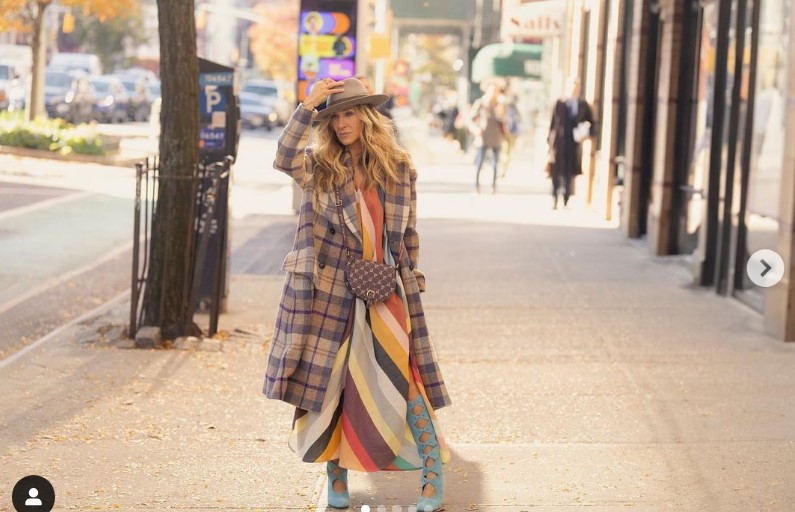As businesses go online, the traditional brick-and-mortar module of selling fashion goods slowly fades out affecting the seasonal consumption and the cyclic trends in fashion. The idea of ‘fashion pluralism’ can be explained as the collapse of genres resulting in the co-existence of all trends at the same time, leading to a plethora of ideas being executed and accepted at the same time. We ask top fashion insiders on the rise of pluralism, and how it might shape the global fashion industry.
Inclusive of all:
The whole shift in the mindset has already happened, and pluralism is a reality that we can’t overlook, believes ace designer Anju Modi. Keeping in mind the mixed trends, she has created a fun anti-pitch prêt range for resort and holiday wear. And, for the couture line, she is focusing on the “India modern” concept and designed a mix of silhouettes like long jackets, dhoti pants, and saris with embroidery. She says, “In my opinion, the world has gone to a different kind of a spin, and in the name of fashion people are trying out different things; the idea of a “trend” is not a very calculative and deciding term anymore. Everyone is experimenting, and with things getting more inclusive people are feeling confident to showcase their best personalities forward. They are dressing in their style and no one is conscious of how they are going to look.”
Conscious consumption:
Post-pandemic the economic slowdown created unprecedented challenges in the fashion industry like changes in consumer spending and disrupted supply chains, remarks senior designer Charu Parashar. She points out, “The situation has accelerated the shift to greener and more sustainable supply chains, which will not only be decisive for business but also impact the future of the whole industry. I think it’s a good thing not to be a rigid follower of trends; people now have a mindset of being comfortable in what they wear, being cost-effective, and investing in clothes that work throughout the year.”
Boarding the green wagon:
Plurality in fashion is a more inclusive expression of fashion in terms of gender, styles/silhouettes, body types, culture, etc. Focusing on long-lasting quality and timeless designs to support a conscious lifestyle, Meghna Goyal, founder of the label Summer Somewhere, mentions, “The pandemic was an awakening for fashion houses as well as the consumer. It caused us to make more mindful choices – brands are introducing more sustainable practices in their design and production by creating styles that are timeless and using better materials. The customer too has had a shift in mindset – consumers are more educated and want to shop from brands that produce high-quality garments and styles that are not trend-focused but can last in your closet for a long time.”
Eco-friendly practices:
This era of fashion is progressing towards the fusion of East and the West to create something unique, and celebrating a cultural shift from bygones to the new age. Fashion designer Aditi Swain of the label De Chevalerie en Rouge, explains the rise in fashion pluralism, “With the change in climate and environment, sustainability has to be the center of focus globally. However, it just doesn’t end with the designers creating an ethical garment. We need a strong system for responsible consumption and creation. Sustainable and timeless clothing is futuristic, and it’s the only benchmark to create a safer future.”
East vs West:
The concept of pluralism is not just restricted to clothing, but even for accessories, there are multiple options that one can choose from. According to Sandip Baksi, COO of AstorMueller (India), “For Indian consumers, sneakers have been doing very well as they provide a good mix of comfort as well as fashion. Whereas, post-pandemic in Europe, we are observing a huge comeback of formal shoes and a rise in demand for printed uppers on leather. Also, as the awareness of veganism is growing we have created capsule collections of sleek footwear for younger consumers. In terms of colours, earlier it used to be typically tan or black, and now pastel and bright colours are also in demand. More and more consumers want to spend money on goods that are premium and with more details for timeless appeal.”
